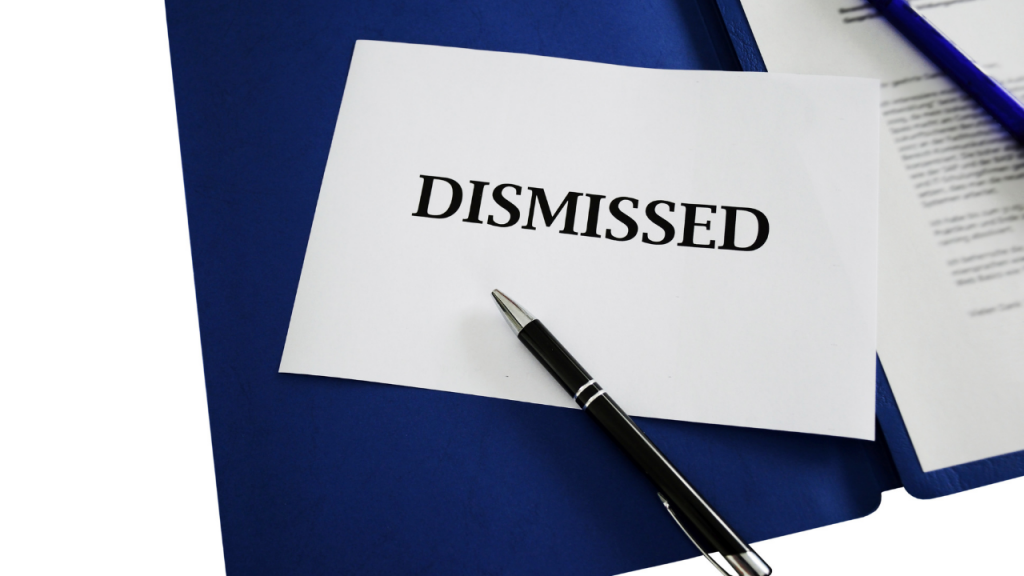Poor Work Performance can be a serious issue, especially when you hire someone to do their job. However, what happens when the employee doesn’t perform their functions? What happens when they don’t match up to what you’ve hired them to do? How do you dismiss someone for Poor Work Performance? Do you have a misconduct hearing or can you just fire the employee?
In the long run, managing a poor performance will save you money, time, and staff turnover.

There are only three ways to dismiss an employee in South Africa.
- If they commit misconduct
- In the event of incapacity
- If the business retrenches them
Poor Work Performance is a form of incapacity – which is the second option. In other words when an employee fails to perform their duties and responsibilities to the expected standard. The employee owes the business this duty by virtue of their employment contract.
You should avoid having a disciplinary hearing for this reason: disciplinary hearings are for cases of misconduct. For Poor Work Performance, the process is different. The company has to actually investigate why the employee is not performing.
The steps required to dismiss an employee for poor performance.
Step one: Identify the causes of the employee’s Poor Work Performance. In other words, you need to understand why the employee is not meeting the expected standards and the way to do this is to have a meeting with the employee.
Step 2: Notify the employee of this meeting and at the meeting try and offer solutions and proposals for the employee to perform better.
Step 3: Provide the employee a reasonable time to improve. You can’t give an employee two days to improve if he or she isn’t performing well in sales or not meeting targets. It has to be a reasonable time by virtue of their level of experience and what’s expected of them.
Step 4: Give the employee regular feedback on their performance. In order for this to work, you need to use key performance indicators or the employee’s job description to help them understand what is expected of them.
Step 5: As an employer, you must document this process. In the event that an employee challenges you at the CCMA, if you do not have the documents that prove you consulted with the employee and explained the process to him or her, you will actually lose the case.
Step 6: Dismissal must be a last resort. You should genuinely try to help the employee to improve. Use guidance, use counselling, use training, offer solutions to the employee and after that if the employee still does not improve, then you can resort to dismissal.

An investigation into poor work performance consists of determining, among other things, whether or not the employee failed to meet a performance work standard; and if the employee did not meet the required performance standard, whether or not he was aware, or could reasonably be expected to have been aware, of the required performance standard.
Lastly, it is imperative that an employee be given a fair opportunity to meet the employer’s expectations before he or she is dismissed







